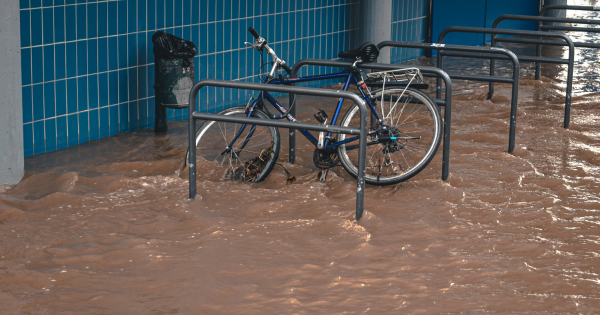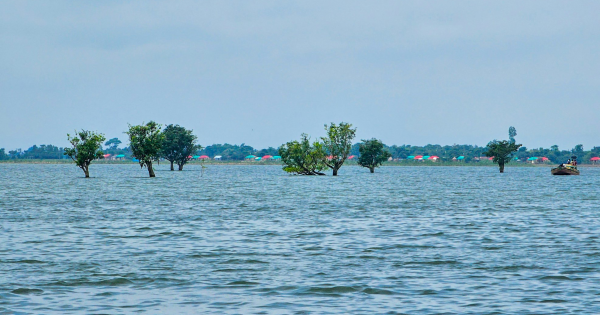Low Water Advisory
A Low Water Advisory is a weather alert issued to inform the public about unusually low water levels in rivers, lakes, or coastal areas. This advisory is crucial for communities and industries that depend on these water bodies for transportation, recreation, or water supply.
See the current LIVE alerts.

What is a Low Water Advisory?
A Low Water Advisory is issued by meteorological and hydrological agencies when water levels in rivers, lakes, or coastal areas fall significantly below normal. This can occur due to prolonged periods of dry weather, drought conditions, or upstream water management activities. The advisory serves as a warning to those who rely on these water bodies for various activities, such as navigation, fishing, or water supply, indicating that conditions may not be safe or optimal for normal operations.
How to Prepare for a Low Water Advisory
Preparation is key to mitigating the impacts of a Low Water Advisory. Here are some steps to consider:
- Monitor Water Levels: Stay updated with the latest reports from local authorities and weather services about water levels in your area.
- Adjust Marine Operations: If you operate boats or ships, be aware of reduced water levels which could affect navigation and docking. Plan routes accordingly to avoid shallow areas.
- Conserve Water: During periods of low water, it's crucial to conserve water usage to ensure adequate supply for essential needs. Implement water-saving techniques at home and in businesses.
- Prepare for Possible Restrictions: Be ready for potential water use restrictions, especially if you rely on affected water bodies for irrigation or industrial purposes.
- Check Infrastructure: Inspect infrastructure that may be affected by low water levels, such as docks, piers, and water intake systems, to ensure they are safe and functional.
When is a Low Water Advisory Issued?
A Low Water Advisory is typically issued during periods of extended dry weather or drought, when water levels fall to levels that could impact normal activities. Hydrologists and meteorologists monitor water flows and levels, and when they detect conditions that could pose a risk to navigation, water supply, or ecological health, they issue advisories to inform and prepare the public and relevant industries.
By understanding what a Low Water Advisory entails and taking the necessary precautions, individuals and communities can better navigate the challenges posed by reduced water levels, ensuring safety and continuity of essential activities.






